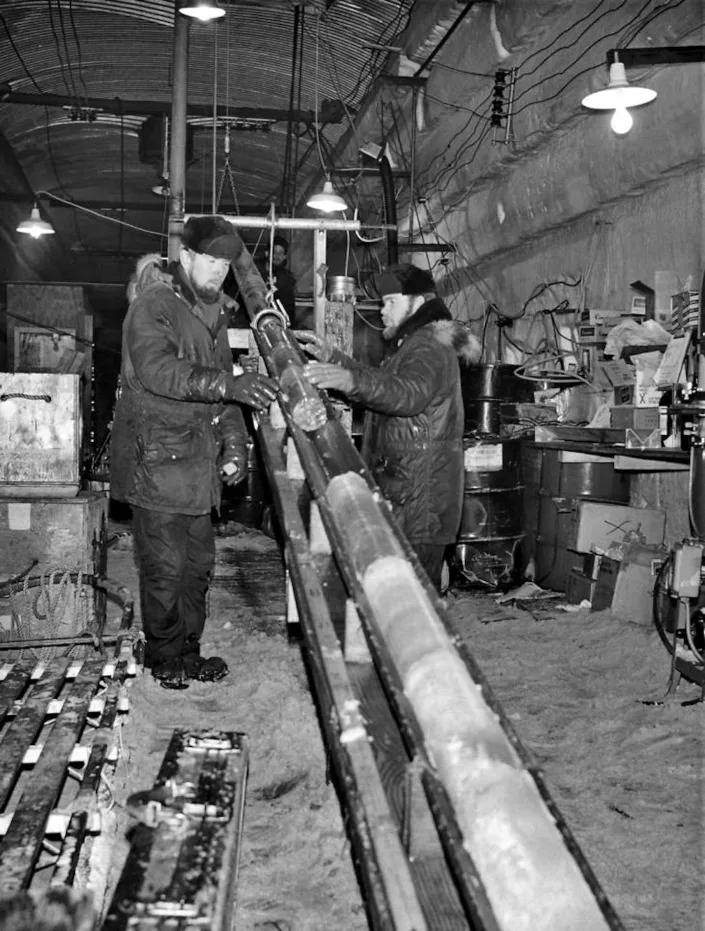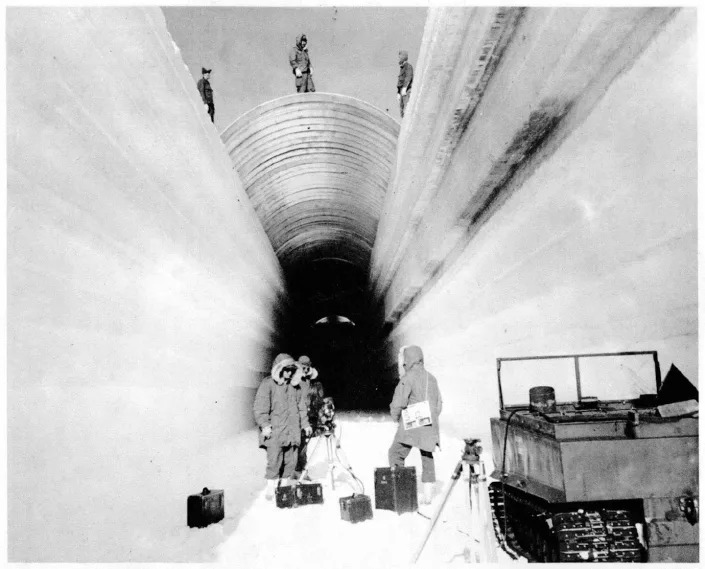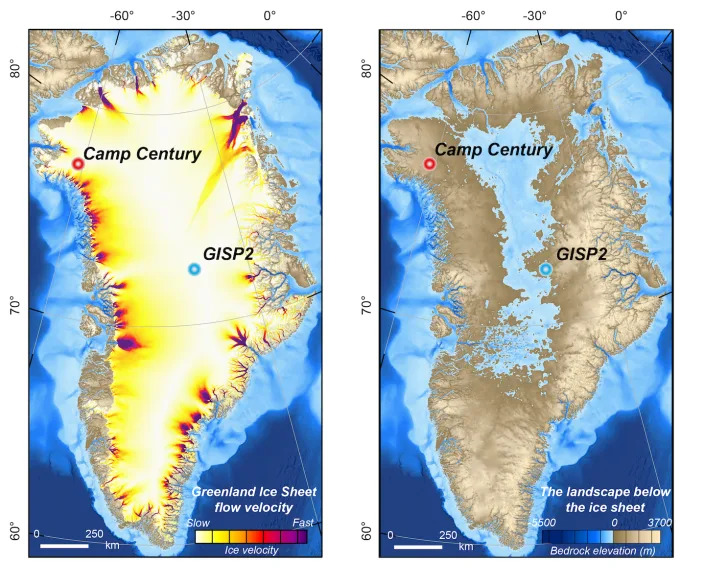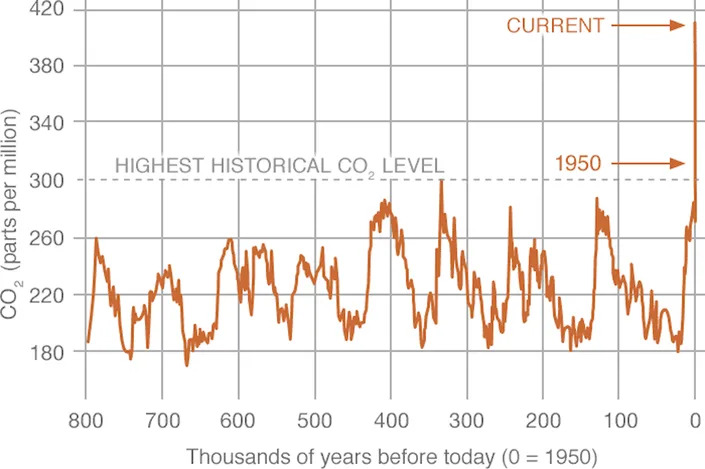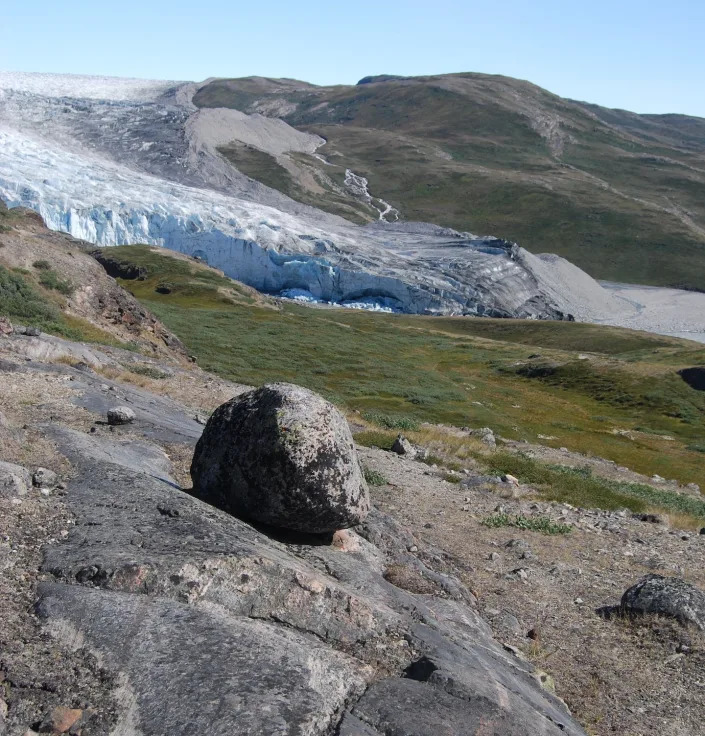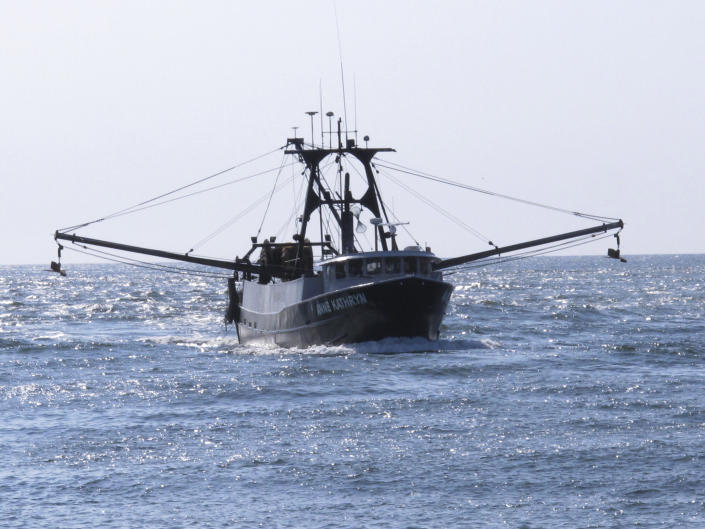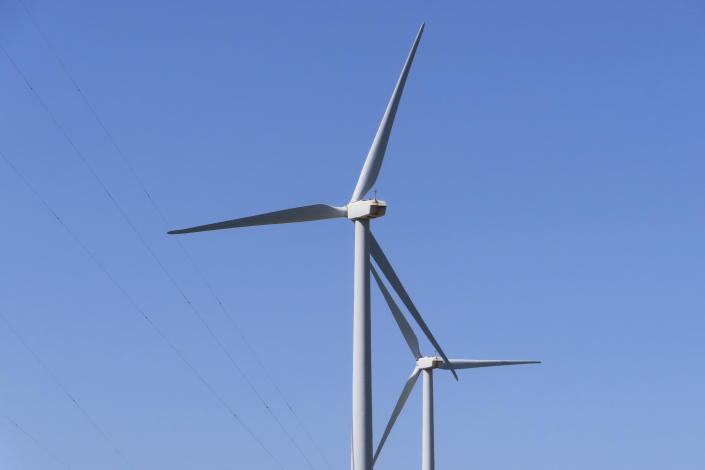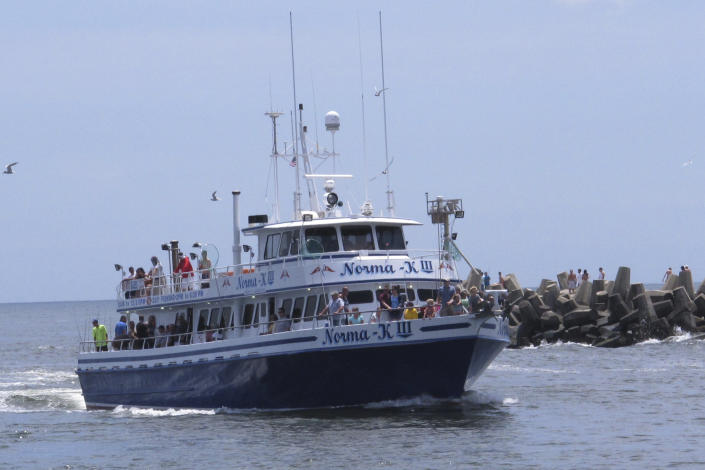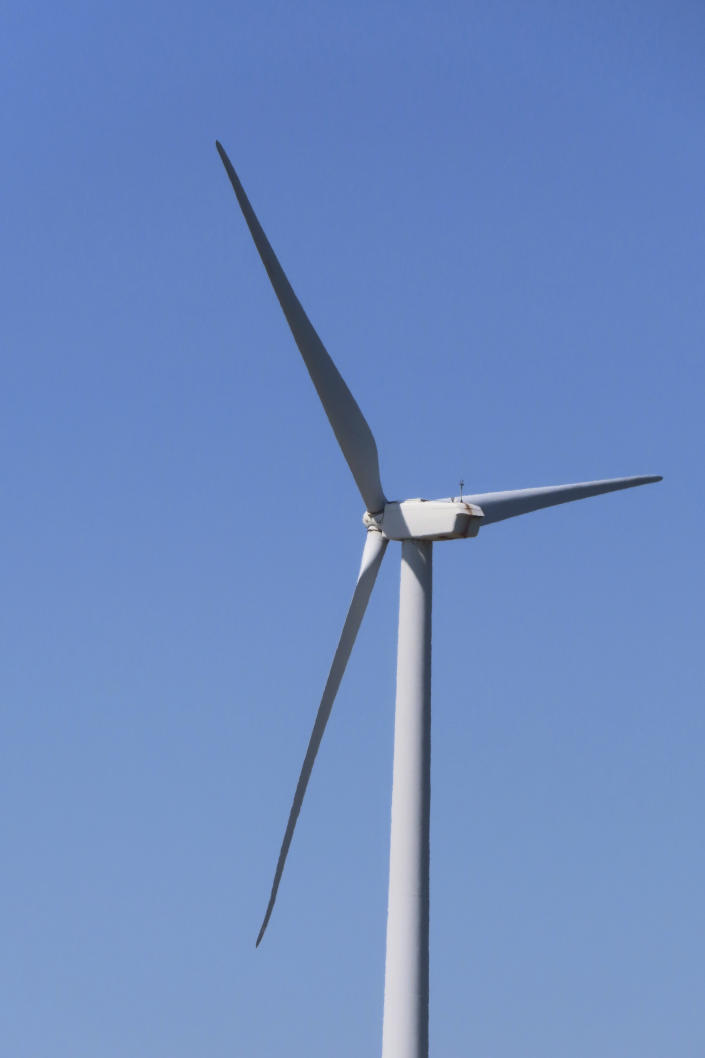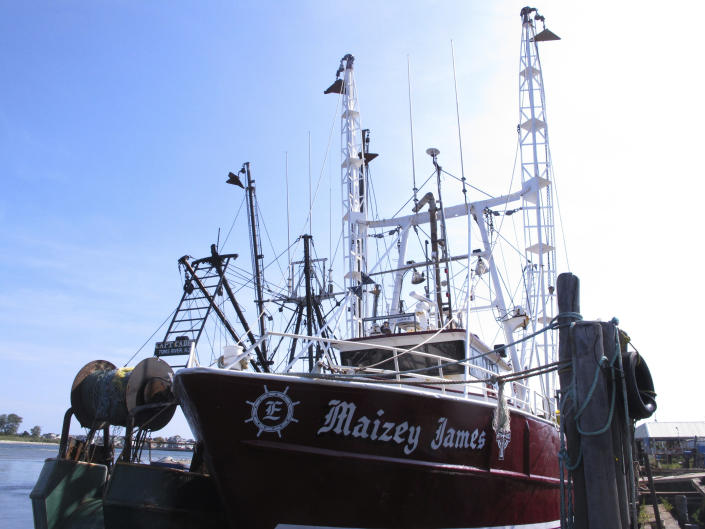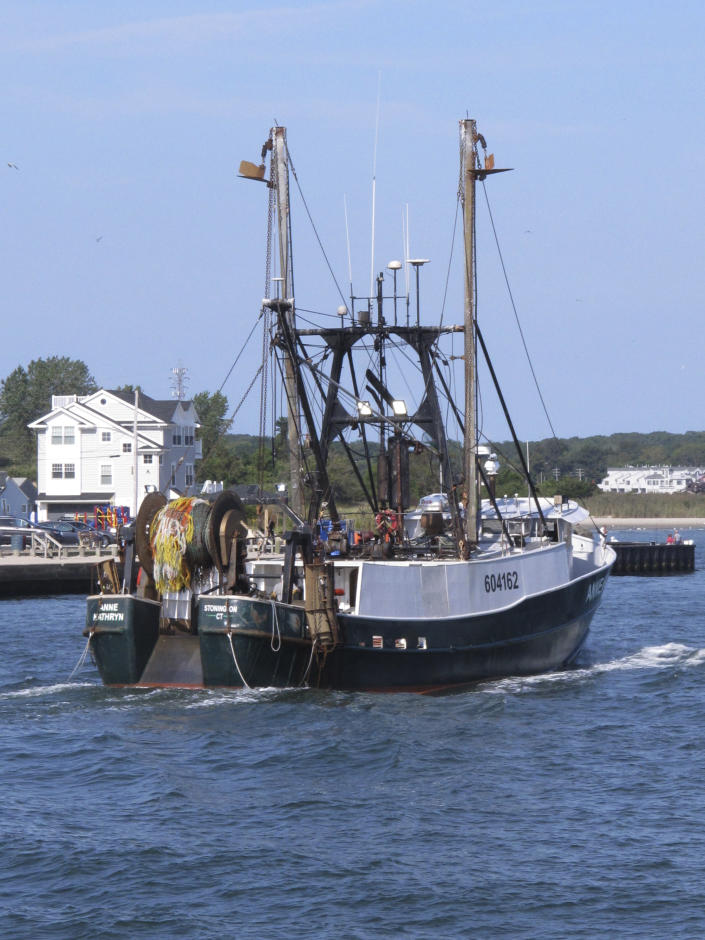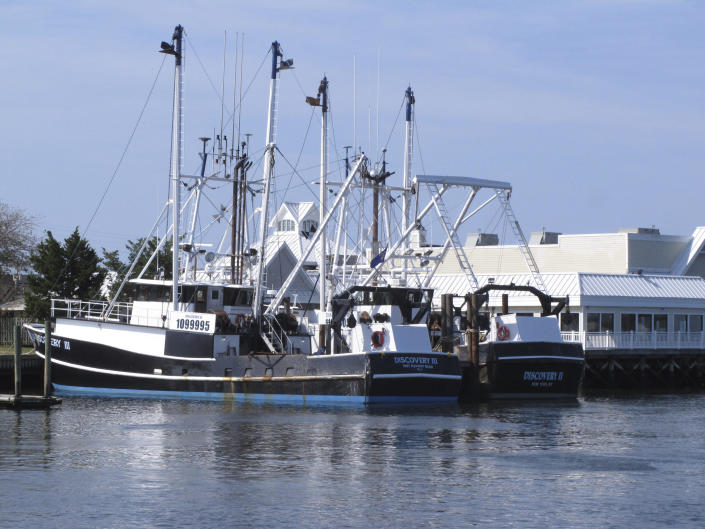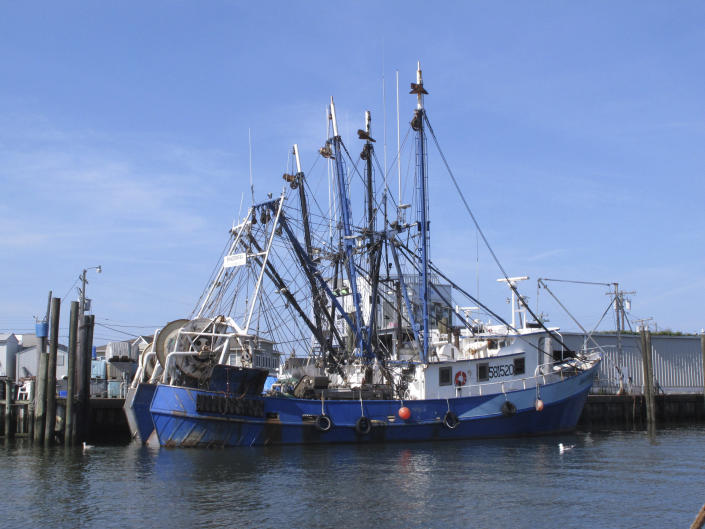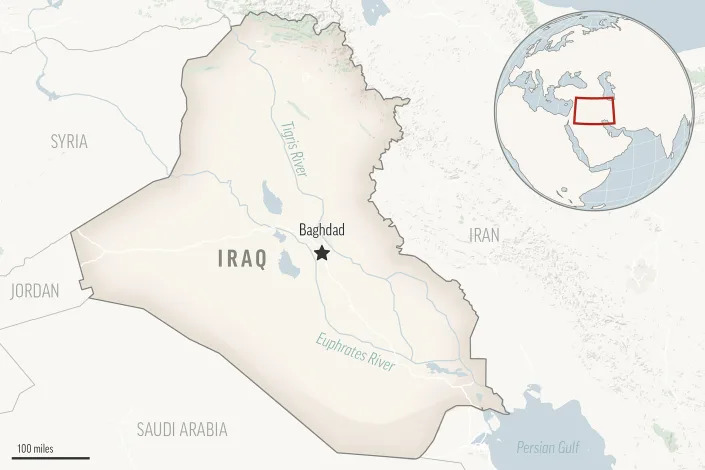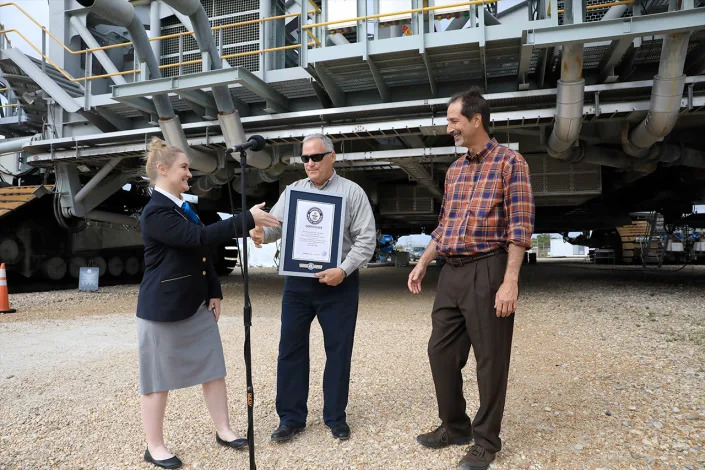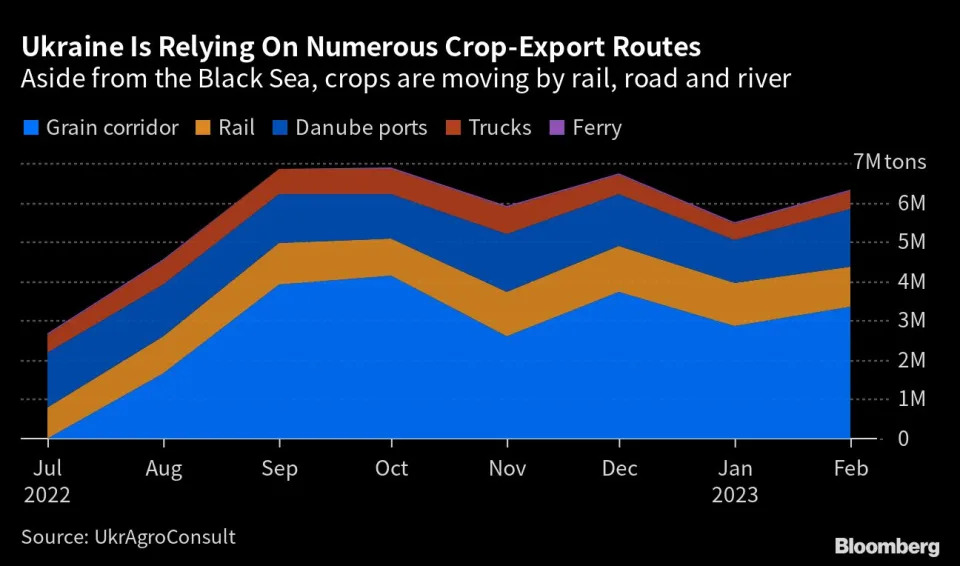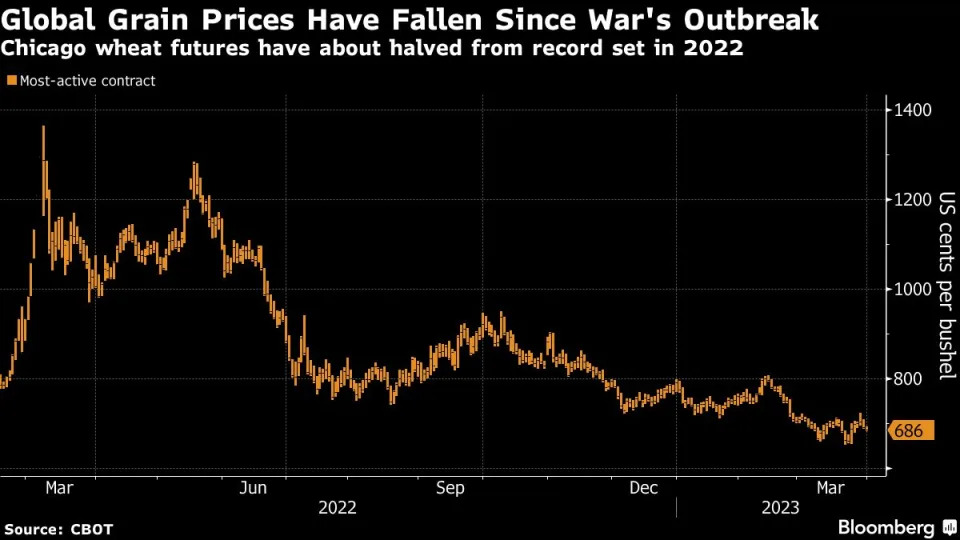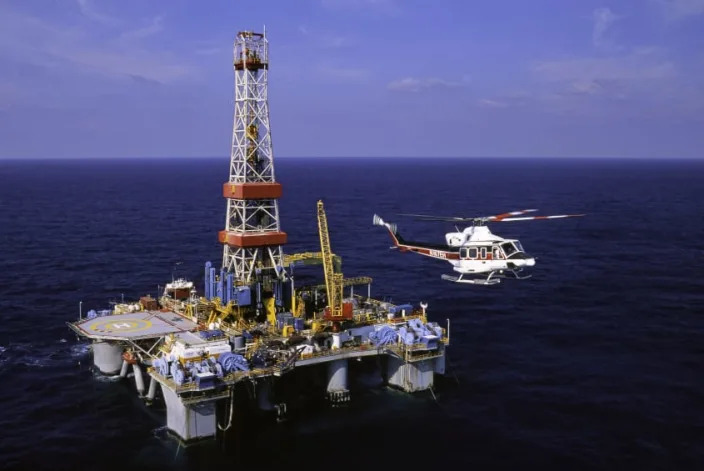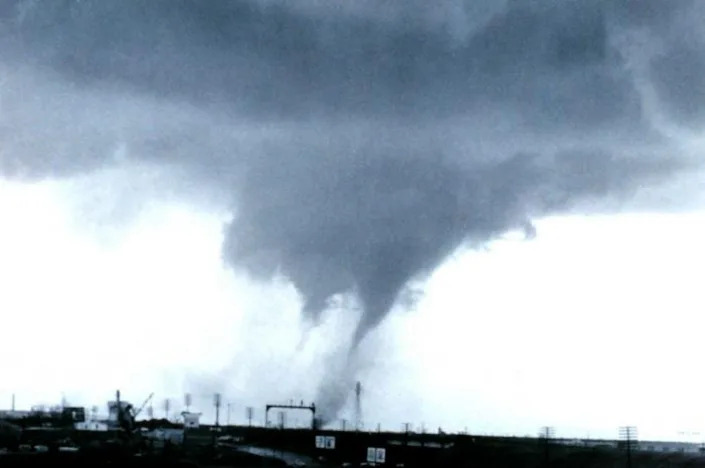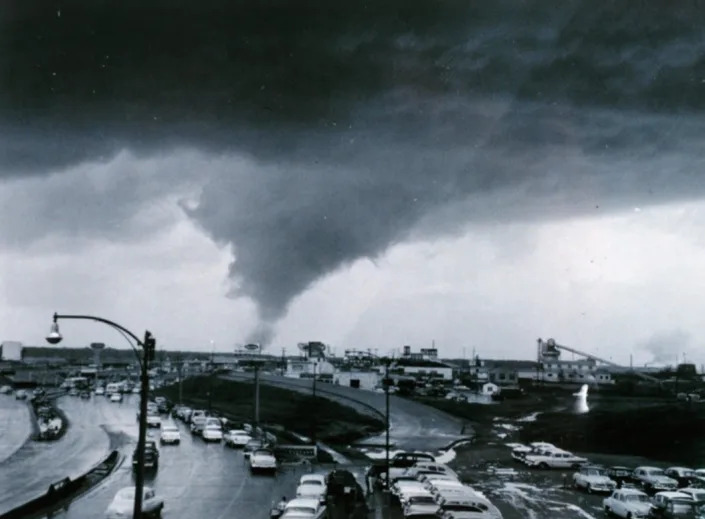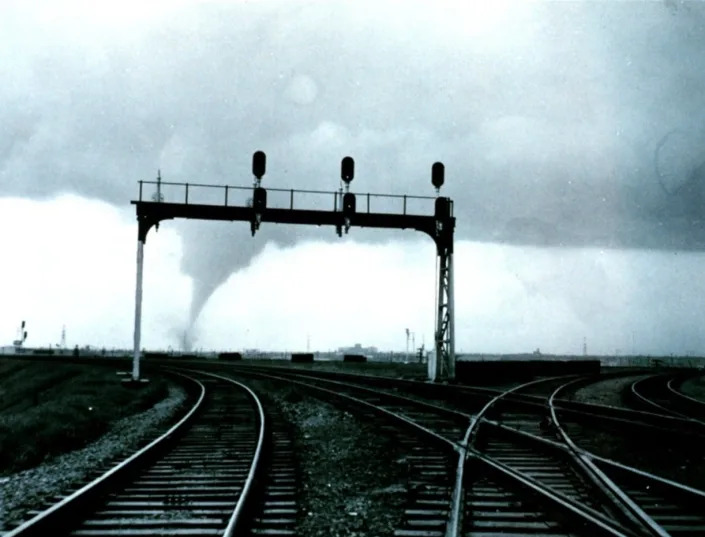The climate crisis many things: a test of whether we can overcome the vast gulfs between the Global North and the Global South, a challenge to a political system geared toward short-term thinking, a lens that magnifies past injustice and future deprivation.
But it’s also, at heart, a math problem.
More from Rolling Stone
And not even a very hard one, at least conceptually. The atmosphere can only hold so much carbon before it overheats the Earth. Think of it as a one-gallon bucket: If you put more than a gallon of water in it, it will overflow. So that would be dumb.
About a decade ago, I wrote an essay for this magazine that went quite viral, simply because it laid out the math of climate change as we understood it at the time. Scientists calculated that in order to have any real chance of meeting the climate goals the world had agreed on, our atmospheric bucket had space for about 585 gigatons more carbon dioxide. And new data showed that the fossil-fuel industry had in its reserves — the stuff it had told shareholders and banks it would dig up and burn — about 2,795 gigatons worth of CO2. Which is to say: five times too much.
From that math, you could derive a powerful result: The fossil-fuel industry was a rogue enterprise. If the various companies (and countries that operated like companies — think Saudi Arabia) carried out their stated business plan, there was no drama about the outcome: Earth as we had known it would no longer exist, and in its place would be something much hotter and more dangerous.
That remains true — truer, even. Mark Campanale, whose London-based NGO Carbon Tracker provided those numbers a decade ago, has kept an ongoing count, and here’s where we stand. The fossil-fuel industry has continued to explore and prospect, and now controls reserves of coal, gas, and oil that, if burned, would produce 3,700 gigatons of carbon dioxide. That’s 10 times the amount that scientists say would take us past the temperature targets set in the Paris Climate Agreement.
Another way of saying this: If we are to meet the climate targets set by scientists, we have to leave 90 percent of the fossil fuels we have discovered underground. And at current prices that means stranding about $100 trillion worth of assets in the soil. If you want to understand why the battle over climate progress is so fierce — why the fossil-fuel industry fights so hard, with all the political influence it can buy — remember that $100 trillion. That’s a lot of incentive.
On the face of it, then, we’re still losing this fight. But there are a few new numbers — wild cards, really — that could yet rewrite the end of this story. They cut both ways: Some of this math deepens our predicament, and some of it points toward a way out. They’re the new numbers of this past decade, and they’re big enough to stop and take notice.
$34 per Megawatt Hour
That’s the new figure from the investment bank Lazard for the average cost of utility-scale solar power. That is, if you have a bunch of solar panels in a field, that’s how much it costs to produce electricity from them. To understand why it’s a figure that could change the world, you need to know a couple of other things.
One, it’s far, far lower than it was a decade ago: The price of renewable energy has dropped as much as 90 percent since then.
And two, it’s lower than any other way of producing energy. The only thing that comes close is a wind turbine catching the breeze, which checks in at $39 per kilowatt hour. Running a gas-fired power plant, still the most common solution in America, runs you $59; a coal-fired power plant, in these calculations, produces power at $108 a megawatt hour; nuclear is more expensive yet. (Though there’s hope that new developments, like fusion, could eventually bring that total down. If we can get through the next few decades intact, innovation will give us lots more tools to work with.)
This is a seismic shift that could, in relatively short order, allow us to break the 700,000-years-long human habit of setting stuff on fire. We’re used to thinking of renewable clean energy as “alternative energy,” the Whole Foods of energy compared with the Piggly Wiggly of gas or coal: luxe, not mainstream. But that has shifted dramatically. And that’s an advantage that should continue to grow. A remarkable study from Oxford scientists published in 2021 makes clear that solar and wind power (and the batteries to store that power when the sun sets or the wind drops) are firmly set on what economists call “learning curves.” That is, the more you build them out, the better you get at doing it, and so the price drops. At the moment, when solar installations double, the price drops by a third.
Related
A learning curve is a remarkable thing — it tends to persist over time, which means the price of renewables should keep dropping. Some of that’s in the lab: Researchers keep finding new and more efficient ways to convert the sun’s rays into energy. Some of it’s up on the roof: If you have a hundred people putting up photovoltaic panels, they’ll figure out new workarounds. Some of it’s down at city hall, where the cost of -permits and so on should fall as regulators gain -experience with new tech. The power of that learning curve is so great that it tends to overwhelm all the obstacles that get in the way. A few years ago, for instance, some thought wind power would slow down because lightweight balsa wood was in short supply; it took a year for manufacturers to come up with synthetic foams to be used in the blades instead.
Not all power sources are on learning curves, -however. Fossil fuel was pretty cheap from the start, but it hasn’t gotten significantly cheaper. That’s because it’s less a technology than a commodity — and you have to work harder to find that commodity now that the easy stuff has been burned. The coal is farther back in the mine; the oil is down at the bottom of the ocean now, or under a polar ice cap. There’s hope — but no certainty yet — that nuclear power might get back on a learning curve, as we move from behemoth projects to “small modular reactors,” but at least for now atomic power comes at a premium.
So the price gap between fossil fuel and renewable energy should continue to widen. Indeed, the Oxford study says that the faster we convert to renewable -energy the more money we will save, simply because we’ll be able to stop burning -expensive hydrocarbons sooner. The savings could be in the tens of trillions of dollars, which sounds unlikely until you remember the other difference between the old and new technologies. With renewable energy, you still have to mine — cobalt or lithium or the like. But once you’ve mined it, you put it in a battery or a wind turbine, and it stays there for decades, doing its work. If you mine gas or coal, you set it on fire, and then you have to go get more. Forty percent of ship traffic is simply moving coal and gas and oil around so it can be burned. The sun and wind deliver energy for free.
So it makes sense
that the fossil-fuel industry hates renewable energy: If you prospered by making people pay you for energy, simply waiting for the sun to rise is the stupidest business model ever. And boy, has the industry ever prospered. As in:
$2.8 Billion
Last year, we were hit with a staggering number: $2.8 billion is how much profit the fossil-fuel industry has earned daily for the past 50 years. Which is a problem, because the people making that money have the motive and the means to try to keep it alive.
“It’s a huge amount of money,” Aviel Verbruggen, the academic who calculated that figure, points out. “You can buy every politician, every system with all this money. It protects [producers] from political interference that may limit their activities.”
You can see this happening at the highest levels — at last year’s global climate conference in Egypt, there were 636 fossil-fuel-connected people registered in attendance, dwarfing the delegations from almost every country. This year’s climate conference is scheduled for Abu Dhabi, and its chair is also the CEO of the national oil company. And you can see it at the most granular levels, too. Earlier this year a study was released showing that gas stoves cause hundreds of thousands of cases of childhood asthma in the U.S. alone — an unnecessary toll since cheap magnetic induction cooktops produce dinner without fumes. But within days of that study, it was reported that the natural-gas industry spent millions hiring “influencers” to say happy living demanded a blue flame.
That endless payoff can’t last forever — eventually the economics of renewable energy will prevail. Indeed, things have started to shift. The fossil-fuel sector underperformed for the past decade, until Putin’s war intervened and the price of oil spiked, and Exxon reported record profits. Any delay in the move away from fossil fuel is profitable to Big Oil, and damaging to the rest of us. So we must build movements to speed up that transition. Hence:
Six Million
That’s roughly the number of students worldwide who skipped school to go on “climate strike” in 2019, in what marked the height of the climate movement before the pandemic chased it indoors.
And those millions, in turn, stand for everyone who built the biggest global movement of the millennium over the past decade, coming together across nations to demand action on climate change. They were as important to climate progress as the engineers who dropped the price of renewables.
It began slowly (I helped found 350.org, the first attempt at a grassroots global climate movement, in 2008) but accelerated as people around the world joined in — most often the leaders were -indigenous activists and people already on the front lines of climate change, because they had the most at stake. Together, we fought pipelines and frack wells and coal ports, and built enough power that Barack Obama and other world leaders couldn’t come back from Paris empty-handed in 2015, unlike in 2009.
Young people were among the biggest leaders in the fight. You know Greta Thunberg, and you should. But she would be the first to say there are thousands of young leaders like her; in this country, they’ve included people like Varshini Prakash, whose advocacy of the Green New Deal through the Sunrise Movement helped transform U.S. politics. By 2020, thanks to a decade of mobilization, climate change broke through politically: Polls showed it near or at the top of Democratic-voter concerns. And so Biden named Prakash to a small team working on climate policy. Citizen pressure finally translated into legislative action when our first real climate bill, the Inflation Reduction Act, passed in August — 34 years and 45 days after climate scientist Jim Hansen first testified to Congress that global warming was underway. Which leads us to …
$369 Billion
That’s the floor on spending that Congress designated in the Inflation Reduction Act for energy transformation in our country — money that could accelerate the switch to a clean, electrified America and spur the same around the world.
The bill passed by the barest of margins — Kamala Harris broke a 50-50 tie in the Senate,
and no Republican in either chamber voted for the bill. And before he voted “aye,” West Virginia’s Joe Manchin (who has taken extraordinary amounts of fossil-fuel money) stripped the law of most of its teeth.
Still, it’s a serious pot of money. And it could grow larger — the spending is essentially uncapped, so if enough projects materialize that qualify under its rules, the total could end up closer to $800 billion. That money could underwrite the quick conversion of home after apartment after office: The consumer trinity of heat pump and induction cooktop and e-mobility is suddenly a real prospect. But there’s nothing automatic about it; it’s a lot of cash, but consider the challenge we still face: There are 140 million homes and apartments in America. Even finding enough electricians to do the work is hard. By some estimates, America needs a million more of them.
If it takes us 40 years to make this transition, the planet we run on clean energy will be a broken planet. The only question that really matters, then, is pace: Can we go fast enough to begin to catch up to physics? Which means that the key numbers may turn out to be things like …
121 Degrees
Which is how hot it got in Canada the summer before last, breaking the old national record by eight degrees as a “heat dome” settled across the north, a development so unsettling to scientists that it convinced some we had entered a new phase of the planet’s warming. This conviction was bolstered this summer when we saw similarly anomalous and even more deadly heat waves in China and the subcontinent. Or 780 percent, which is how much of the year’s average rainfall fell in parts of Pakistan over just a few weeks, a rainstorm so epic it melted away people’s earthen homes. Or $313 billion, which is how much economic damage climate-spawned disasters did last year. We live in a world where reason — including economic reason — dictates we move as fast as is possible toward clean energy. But inertia and vested interest provide friction that slows that transition. So the tie will be broken, or not, by something that can’t be quantified: a combination of fear, hope, moral indignation, and human solidarity that provides, or doesn’t, the political will to break this logjam. You can’t count on it — but if we push, it will count.




